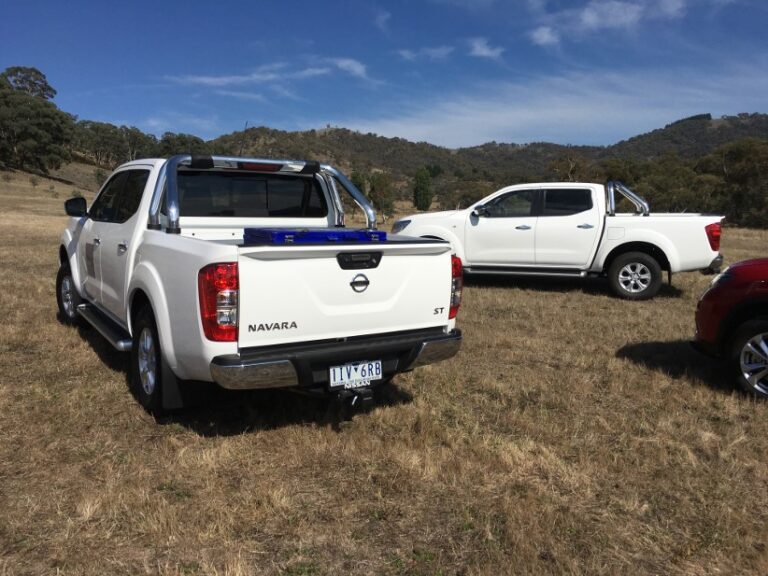– By David Brown –
In the one-tonne ute market, there is a wide variety of customer needs.
Much publicity has been given to the ‘7 day a week’ market segment that favours the dual cab configuration where the ute tray might be used for carrying tools during the week but the vehicle has a specific function with the family and typically on weekends it is more likely to be carrying bikes or surf boards in the back.
When the all new Navara was launch nearly two years ago, Nissan proudly spoke of the 27 different variations spread across their single cab, king cab and dual cab configurations with a chassis or pickup tray.
But no amount of internal review can guarantee the moving target that is customer desires.
Nissan has now released the series 2 version of the new Navara and they have been listening to the customer, especially the fleet market, and have added another specification level across all their model configurations.
We asked Richard Emery, Managing Director and CEO of Nissan Australia, how this came about?
“It was really about customer feedback, we had a number of fleet and small to medium enterprises talk to us around the products we were offering particularly the gap between the RX and the ST model and they felt that there was an opportunity to meet their needs in terms of price and specification to have a vehicle that sat in-between.
“So we went back and had a look at what we had on offer, certainly around engine performance, the body itself and also the specification, particularly with the rubber mats and things like that and talked to Thailand [where it is built] about being able to build us that option and that’s what were pleased to introduce at the start of series 2.
“We looked at our RX model which we thought was going to be the tradie fleet product and actually what the consumers or the customers were saying to us was ‘yes that is well priced’ but actually they wanted some more specification and were prepared to pay for that extra specification.
“So we were able to go back and kind of find that nice medium place between the RX and the ST to provide the SL model for that market place.
At the announcement of the new model we had a drive of several variations in the dual cab pickup range.
The engines are the same as the series 1 being either a single or twin-turbo 2.3 litre diesel engine with a standard 6 speed manual or optional 7 speed automatic.
Some competitor brands have bigger engines. You can get a version of the Ford Range for example that has a 3.2 litre, 5 cylinder diesel with 7 kw of power and 20 Nm of torque more than the twin turbo Navara. The other side of the coin is that the Navara has the best fuel economy in its class.
For most driving the power was sufficient although when we were towing a camper trailer it took time to build up speed and there was no accelerating up reasonably steep inclines.
The cheapest model in the Navara range is a Single Cab manual cab chassis in two wheel drive priced at $26,000 rrp (about $31,700 drive away in Victoria. All driveway prices quote here are for the state of Victoria, prices in other states ).
The cheapest King cab starts at $28,490 (about $34,115 drive away) for the manual cab chassis two-wheel drive.
In these work horse categories, a four-wheel drive option will cost an addition $7,000 on the rrp price.
In the dual cab category, with its coil spring suspension which aims to give a more car like ride, the lowest price $33,000 (about $36,700 drive away).







